Arylcyclohexylamines
Arylcyclohexylamines
We have available a list of Arylcyclohexylamines like Iso-Ketamines and Phencyclidine for sale online from USA-based research chemical vendor with a wide variety of uses. Arylcyclohexylamines varyingly possess NMDA receptor antagonistic, dopamine reuptake inhibitory, and μ-opioid receptor agonistic properties. Additionally, σ receptor agonistic, nACh receptor antagonistic, and D2 receptor agonistic actions have been reported for some of these agents. Antagonism of the NMDA receptor confers anesthetic, anticonvulsant, neuroprotective, and dissociative effects; blockade of the dopamine transporter mediates stimulant and euphoriant effects as well as psychosis in high amounts; and activation of the μ-opioid receptor causes analgesic and euphoriant effects. Stimulation of the σ and D2 receptors may also contribute to hallucinogenic and psychomimetic effects.
Our research chemicals are mostly structural or functional analog of a controlled substance that has been designed to mimic the pharmacological effects of the original drug, while avoiding classification as illegal and/or detection in standard drug tests. Research chemicals include psychoactive substances as well as analogs of performance-enhancing drugs. Some of these were originally synthesized by academic or industrial researchers in an effort to discover more potent derivatives with fewer side effects and were later co-opted for recreational use. Other research chemicals were prepared for the first time in clandestine laboratories. Because the efficacy and safety of these substances have not been thoroughly evaluated in animal and human trials, the use of some of these drugs may result in unexpected side effects.
The development of designer drugs may be considered a subfield of drug design. The exploration of modifications to known active drugs—such as their structural analogues, stereoisomers, and derivatives—yields drugs that may differ significantly in effects from their “parent” drug (e.g., showing increased potency, or decreased side effects). In some instances, designer drugs have similar effects to other known drugs, but have completely dissimilar chemical structures (e.g. JWH-018 vs THC). Despite being a very broad term, applicable to almost every synthetic drug, it is often used to connote synthetic recreational drugs, sometimes even those which have not been designed at all (e.g. LSD, the psychedelic side effects of which were discovered unintentionally).
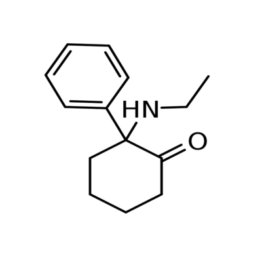

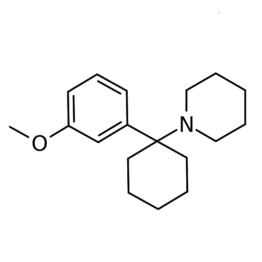
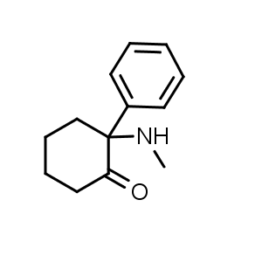
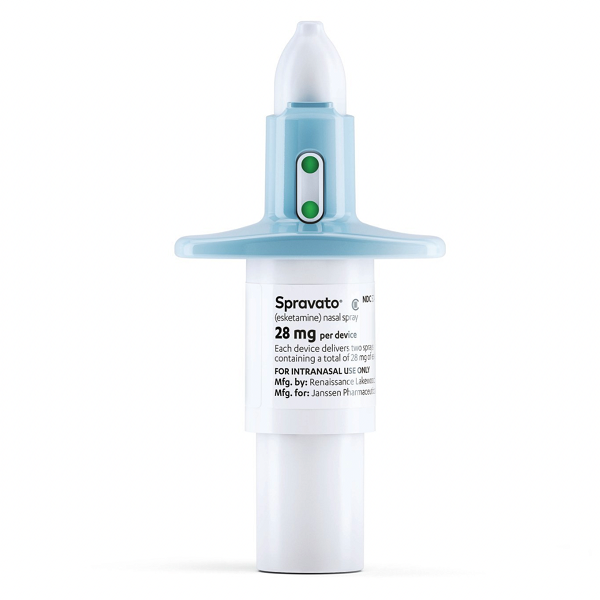
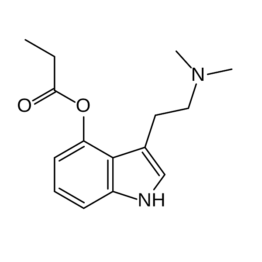
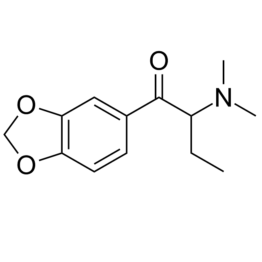
Recent Comments